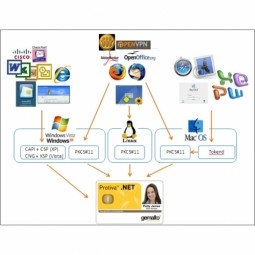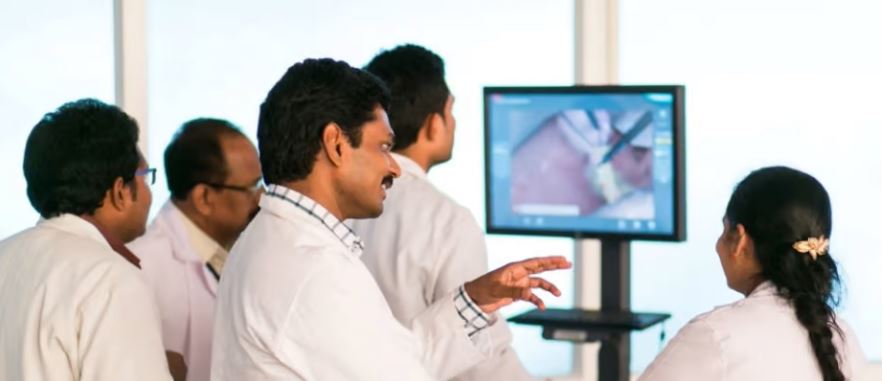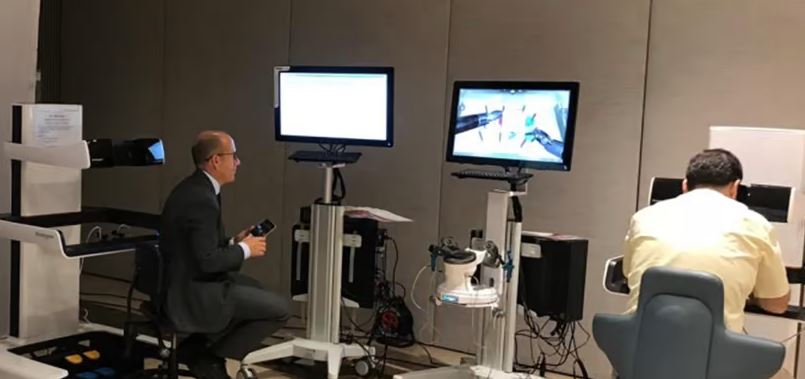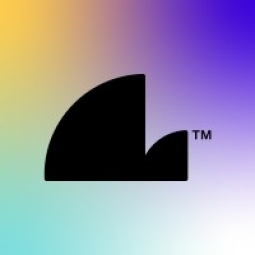Technology Category
- Infrastructure as a Service (IaaS) - Backup & Recovery
Applicable Industries
- Education
- Life Sciences
Applicable Functions
- Product Research & Development
- Sales & Marketing
Use Cases
- Additive Manufacturing
- Intelligent Packaging
- Virtual Training
Services
- Training
About The Customer
The customers of Careline Print Media are primarily the residents of the Careline Halfway House, which includes recovering addicts and trauma victims. These individuals come to the center after completing a detox program or needing a safe place to recover from trauma. The center provides these residents with training on CorelDRAW Graphics Suite, enabling them to develop skills in graphic design and printing. Several residents who have undergone this training have launched successful new careers in these fields. In addition to serving its residents, Careline Print Media also provides services to external customers who require various printed materials.
The Challenge
Careline Crisis and Trauma Centre, a South African charity, is dedicated to supporting the community in its darkest hour. The organization runs a life skills training program, Careline Print Media, which aims to provide new career opportunities to residents by teaching them how to produce a wide range of marketing material using CorelDRAW Graphics Suite. The challenge was to offer recovering addicts and trauma victims a new lease on life. The Careline Halfway House, based in Durban, serves as a refuge for substance abusers who have completed a three-week detox program and individuals who need a safe haven to recover from trauma. The organization needed a way to provide these individuals with skills that could help them launch successful new careers in graphic design and printing.
The Solution
Careline Print Media addressed this challenge by offering training on CorelDRAW Graphics Suite. This software is not only versatile but also user-friendly, making it an ideal tool for individuals with basic design training. The center produces all the charity's stationery and marketing material, in addition to providing a service to external customers requiring business cards, posters, trophies, vehicle and outdoor signage, banners, or branded corporate gifts. This initiative not only serves as an important revenue stream to fund the full-time staff employed at Careline Print Media but also assists the charity in continuing to provide crucial trauma response and support services. The print center also offers graphic design training, which has proved to be a vital part of the recovery process for the residents.
Operational Impact
Quantitative Benefit

Case Study missing?
Start adding your own!
Register with your work email and create a new case study profile for your business.
Related Case Studies.

Case Study
Corporate Identity Solution Adds Convenience to Beckman Coulter
Beckman Coulter wanted to implement a single factor solution for physical and remote logical access to corporate network. Bechman Coulter's users were carrying smart card badges for doors, but also needed a one-time password token to access to our corporate network when they were not in the office. They wanted to simplify the process.

Case Study
Revolutionizing Medical Training in India: GSL Smart Lab and the LAP Mentor
The GSL SMART Lab, a collective effort of the GSL College of Medicine and the GSL College of Nursing and Health Science, was facing a challenge in providing superior training to healthcare professionals. As clinical medicine was becoming more focused on patient safety and quality of care, the need for medical simulation to bridge the educational gap between the classroom and the clinical environment was becoming increasingly apparent. Dr. Sandeep Ganni, the director of the GSL SMART Lab, envisioned a world-class surgical and medical training center where physicians and healthcare professionals could learn skills through simulation training. He was looking for different simulators for different specialties to provide both basic and advanced simulation training. For laparoscopic surgery, he was interested in a high fidelity simulator that could provide basic surgical and suturing skills training for international accreditation as well as specific hands-on training in complex laparoscopic procedures for practicing physicians in India.

Case Study
IoT platform Enables Safety Solutions for U.S. School Districts
Designed to alert drivers when schoolchildren are present, especially in low-visibility conditions, school-zone flasher signals are typically updated manually at each school. The switching is based on the school calendar and manually changed when an unexpected early dismissal occurs, as in the case of a weather-event altering the normal schedule. The process to reprogram the flashers requires a significant effort by school district personnel to implement due to the large number of warning flashers installed across an entire school district.

Case Study
Embracing Business Success in Real Time
· Increase control over growing Big Data to improve business decisions · Manage data for 28,000 biotechnology stockkeeping units in the fields of microbiology, molecular biology, animal cell cultures, plant tissue cultures, and lab ware for laboratory chemicals · Accelerate report generation and analysis with real-time data

Case Study
Implementing Robotic Surgery Training Simulator for Enhanced Surgical Proficiency
Fundacio Puigvert, a leading European medical center specializing in Urology, Nephrology, and Andrology, faced a significant challenge in training its surgical residents. The institution recognized the need for a more standardized and comprehensive training curriculum, particularly in the area of robotic surgery. The challenge was underscored by two independent studies showing that less than 5% of residents in Italian and German residency programs could perform major or complex procedures by the end of their residency. The institution sought to establish a virtual reality simulation lab that would include endourological, laparoscopic, and robotic platforms. However, they needed a simulator that could replicate both the hardware and software of the robotic Da Vinci console used in the operating room, without being connected to the actual physical console. They also required a system that could provide both basic and advanced simulation training, and a metrics system to assess the proficiency of the trainees before they performed surgical procedures in the operating theater.

Case Study
Edinburgh Napier University streamlines long-distance learning with Cisco WebEX
• Geographically dispersed campus made in-person meetings costly and inconvenient.• Distance-learning programs in Malaysia, India, and China required dependable, user-friendly online tools to maximize interaction in collaborative workspaces.• Virtual learning environment required a separate sign-in process, resulting in a significant administrative burden for IT staff and limited adoption of collaboration technology.







